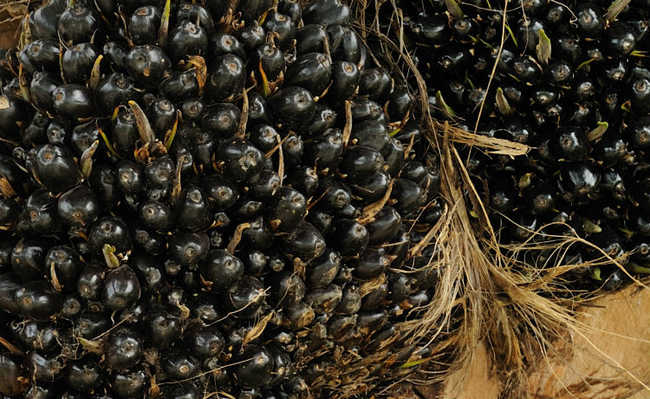Pollution: what is it and what types exist
Understand what pollution is and learn about the types of contamination that affect our health and the environment
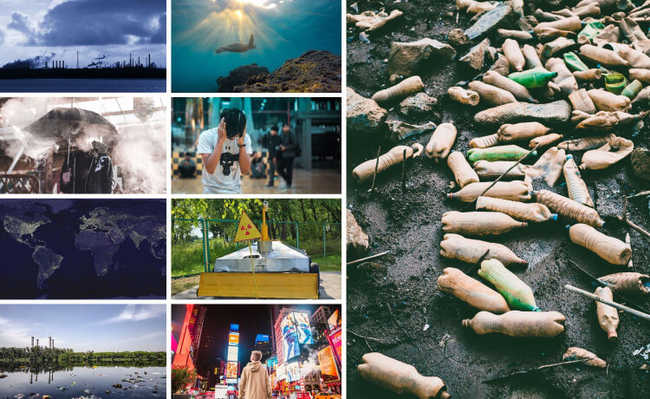
Pollution is nothing more than the introduction of substances or energy into the environment, causing a negative effect on its balance. It occurs naturally or by human action and causes damage to our health, as well as affecting animals, plants and all living beings in the ecosystem in question.
There are different types of pollution, which are defined according to the pollutants introduced into the environment. Get to know and learn more about the main types of pollution and see how to go deeper into it:
Types of pollution
Know the main types of pollution.Air pollution

Étienne Beauregard-Riverin image in Unsplash
Also called atmospheric pollution, it refers to air contamination by gases, liquids and solid particles in suspension, biological material and even energy. These substances are called atmospheric pollutants and exist in the form of gases or particles from natural sources (volcanoes and mists), or even from artificial sources produced by human activities. According to the World Health Organization (WHO), air pollution is responsible for more than seven million deaths a year worldwide - killing more than AIDS and Malaria. Studies reveal that this type of pollution can affect every organ in the human body.
- What is air pollution? Know causes and types
Water pollution

Yogendra Singh image by Pixabay
It is the contamination of water bodies by physical, chemical and biological elements that can be harmful or harmful to organisms, plants and human activity, that is, it is a critical problem.
A worrying factor in this type of pollution is that groundwater, lakes, rivers, seas and oceans are the final destination of any water-soluble pollutant that has been released into the air or onto the ground. In this way, in addition to the pollutants already released into the receiving water bodies, the waters also receive pollutants from the atmosphere and the lithosphere (soil). There are also physical pollutants, such as plastic waste, which are washed away and gradually dissolve, turning into microplastics, which contaminate the entire food chain.
- Learn more about water pollution
Ground pollution

Image of Julia Joppien in Unsplash
It is caused by the introduction of chemicals or the alteration of the soil environment by human action. These chemicals lead to soil pollution and, directly or indirectly, to water and air pollution. Among these chemicals, the most common are petroleum hydrocarbons, heavy metals (such as lead, cadmium, mercury, chromium and arsenic), pesticides and solvents.
- Learn more about soil pollution
radioactive pollution

Lukaspawek image by Pixabay
Also known as nuclear pollution, it is considered the most dangerous type of pollution due to its great negative effects. This type comes from radiation, a chemical effect derived from energy waves, whether heat, light or other forms. Radiation exists naturally in the environment, however, due to human actions, it has been released in excess, which can cause cell mutations and lead to diseases such as cancer. There is no process for cleaning these pollutants, so a place once contaminated cannot be decontaminated. Furthermore, radioactive atoms have a very long durability - plutonium, for example, has a half-life of around 24,300 years.
- Learn more about radioactive pollution
thermal pollution
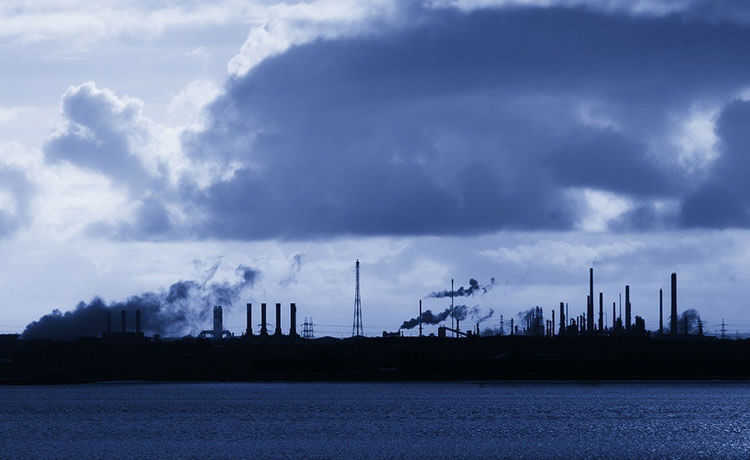
PublicDomainPictures image by Pixabay
It is little known for not being easily observable (it is not visible or audible), but its impact is considerable. It occurs when the temperature of an ecosystem support medium (such as a river, for example) is increased or decreased, causing a direct impact on the population of that ecosystem. Thermal air pollution, although less common, can also cause environmental damage. The release of water vapor by an industry in an area with little air dispersion can cause the death of birds, insects and plants.
- Thermal pollution: what it is and what are its risks
Visual pollution

Joshua Earle image in Unsplash
It is the excess of visual elements created by man that are, most of the time, scattered in big cities, and end up promoting a certain visual and spatial discomfort. It can be caused by advertisements, advertisements, signs, poles, electrical wires, garbage, telephone towers, among others. This type of pollution is very present in large urban centers due to the large amounts of advertisements and its lack of harmony with the environment, exaggerating the attention of the inhabitants.
- Learn more about visual pollution
light pollution
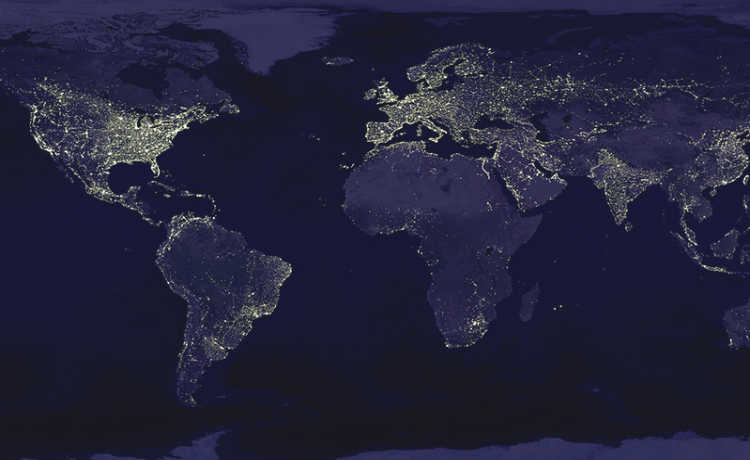
Date: Marc Imhoff/NASA GSFC, Christopher Elvidge/NOAA NGDC; Image: Craig Mayhew and Robert Simmon/NASA GSFC, Earth's City Lights by DMSP, 1994-1995 (full), CC0, on Wikimedia Commons
This is the excess of artificial light emitted by large urban centers. It can be emitted in different ways, such as external lights, advertisements and, mainly, public lighting. Light pollution affects our health and ecosystems, making it a great harm for everyone.
- Learn more about light pollution
Noise pollution

Unsplash image of @chairulfajar_
It is one of the biggest environmental problems in large urban centers. Occurs when sound alters the normal listening condition in a certain environment. Although it does not accumulate in the environment like other types of pollution, it causes several damages to people's bodies and quality of life and, therefore, it is considered a worldwide public health problem.
- Learn more about noise pollution
Noise pollution from the sea
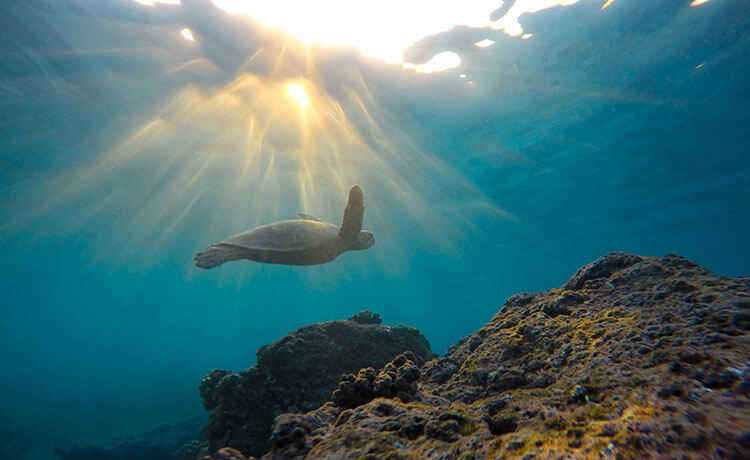
Jeremy Bishop's Unsplash Image
The sounds in the ocean are natural, but these noises are now ten times louder than they were in the mid-20th century. And of course humanity is involved in this. Over the decades, new navigation and seismic survey technologies (which use extensive sound waves to explore the ocean floor and its natural resources) have emerged that are affecting marine life. These sounds were called sea noise pollution.
- Learn more about noise pollution in the oceans







